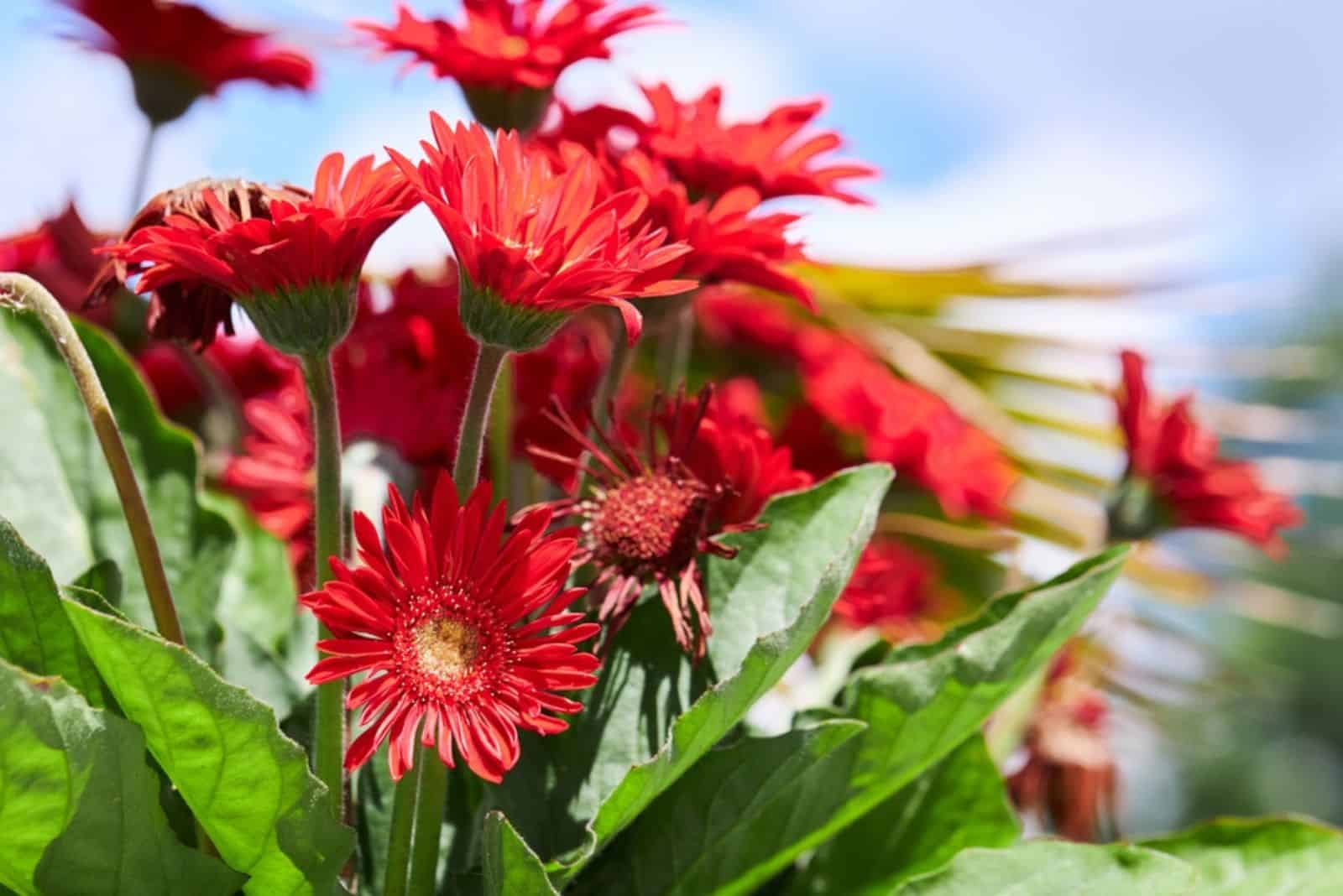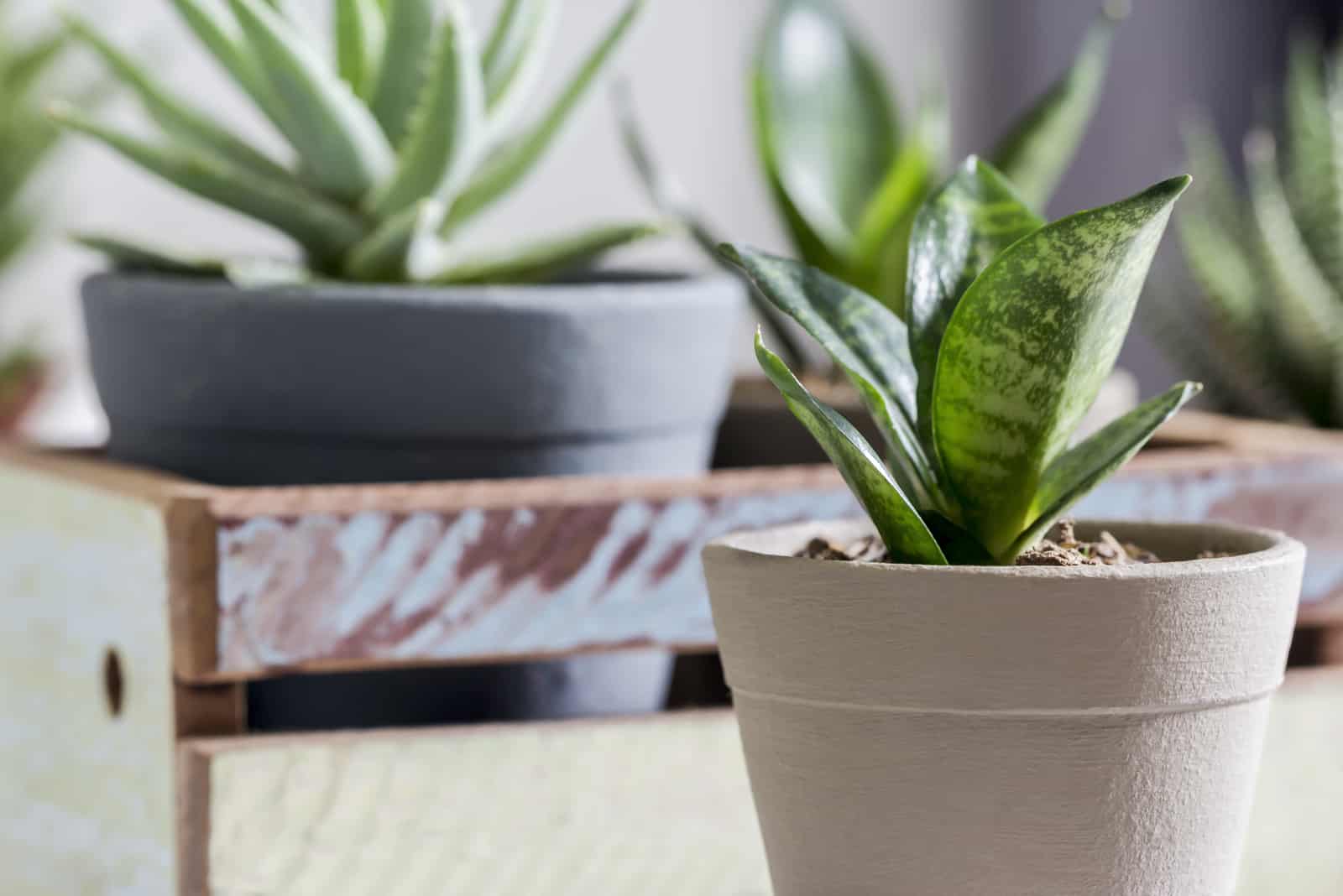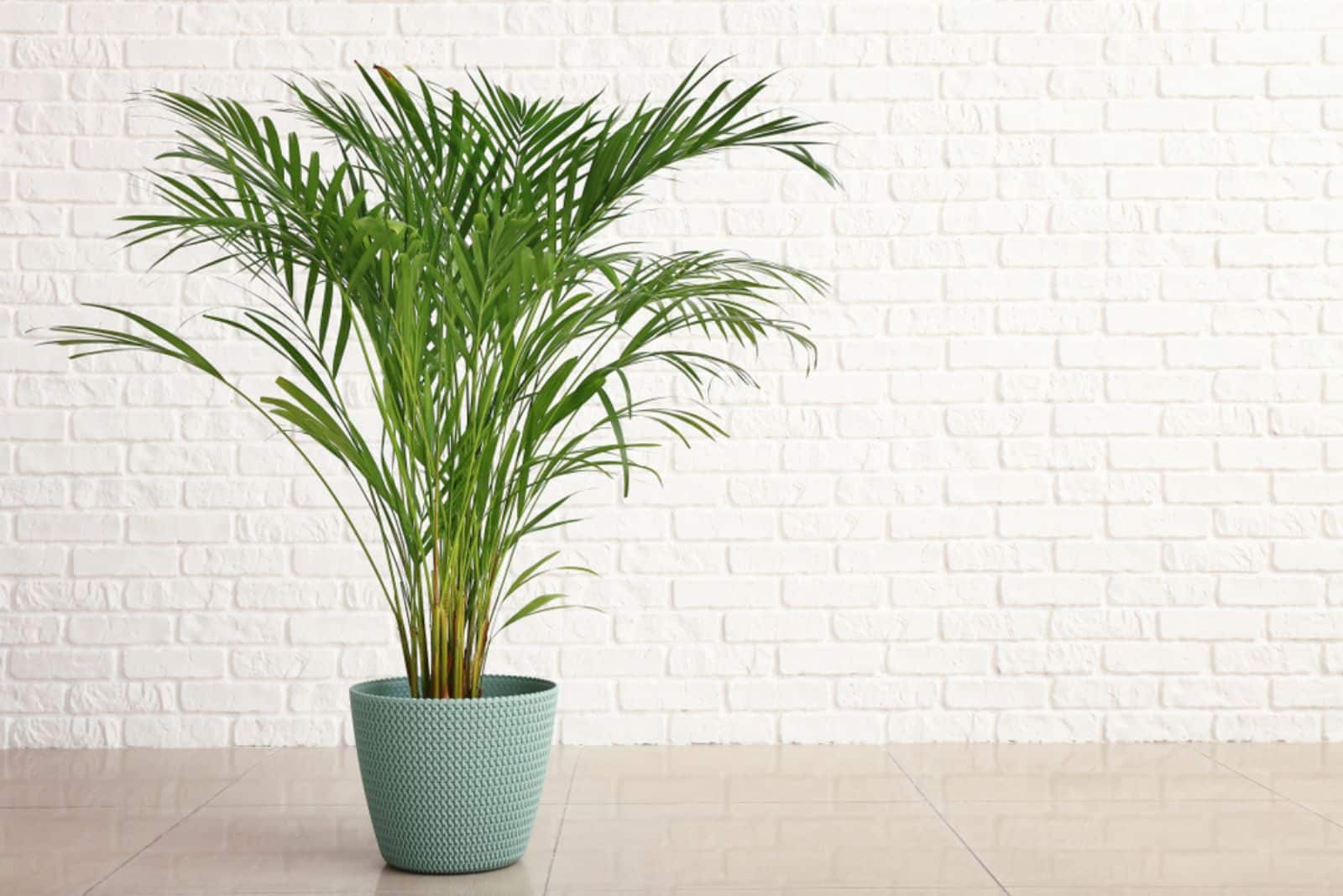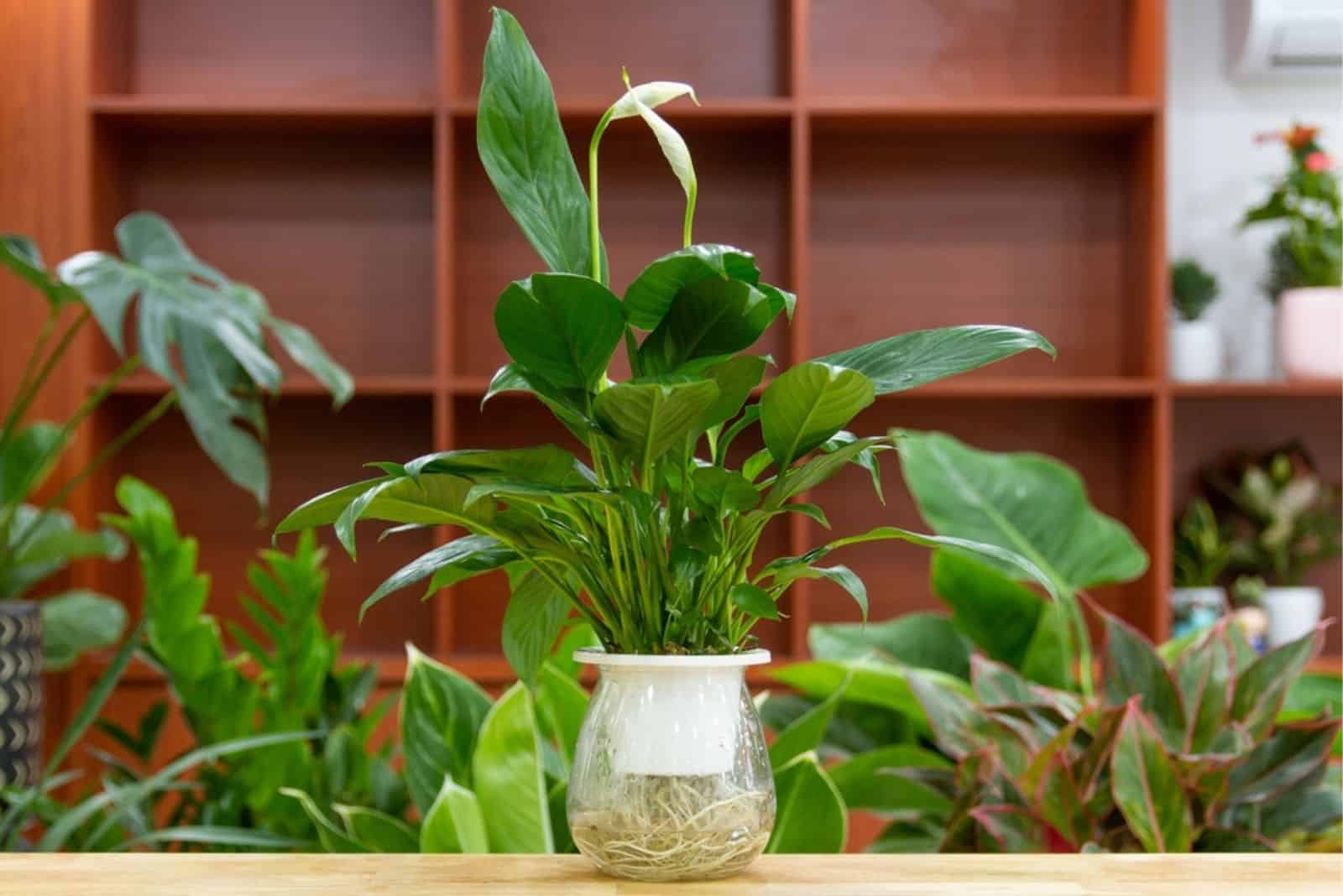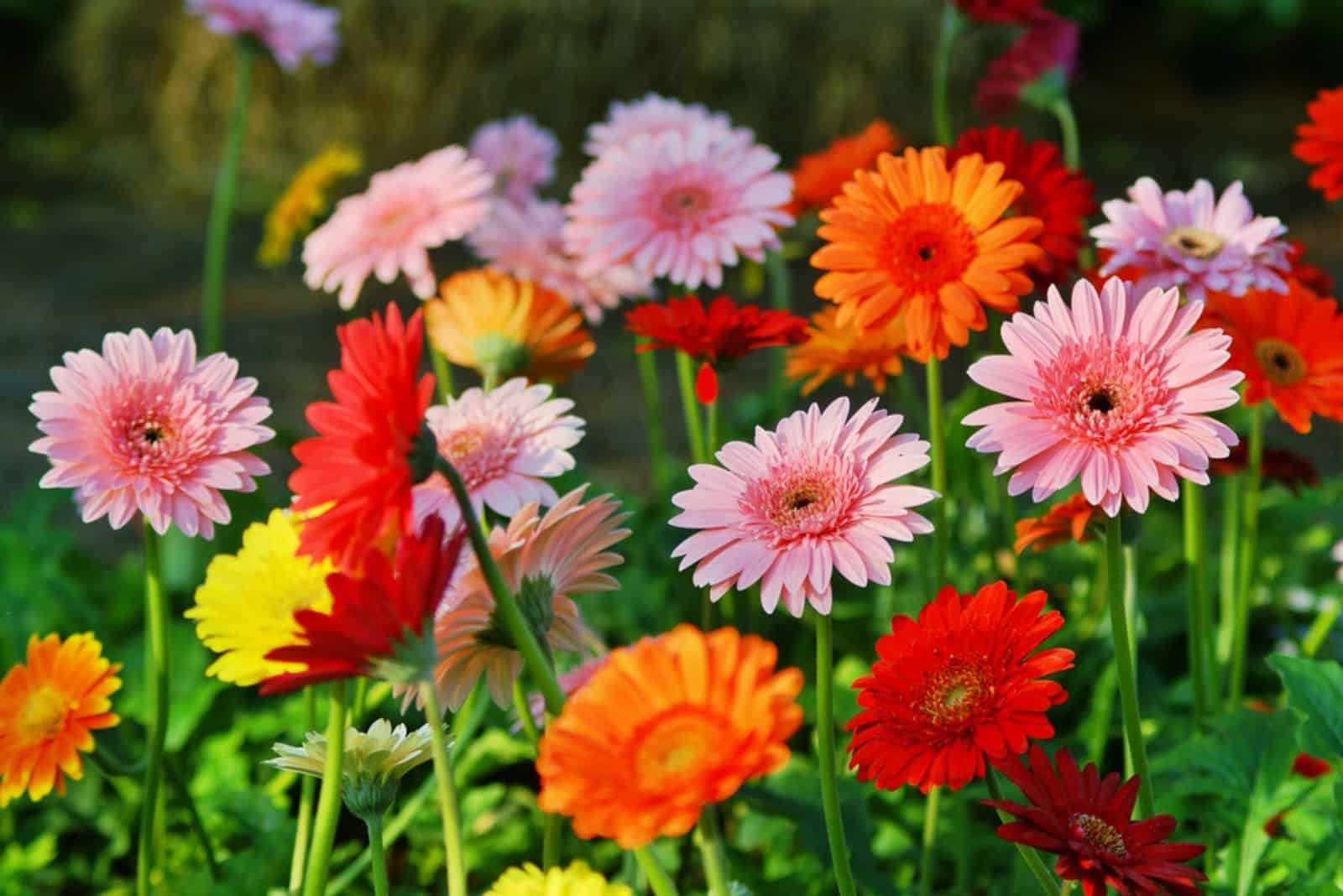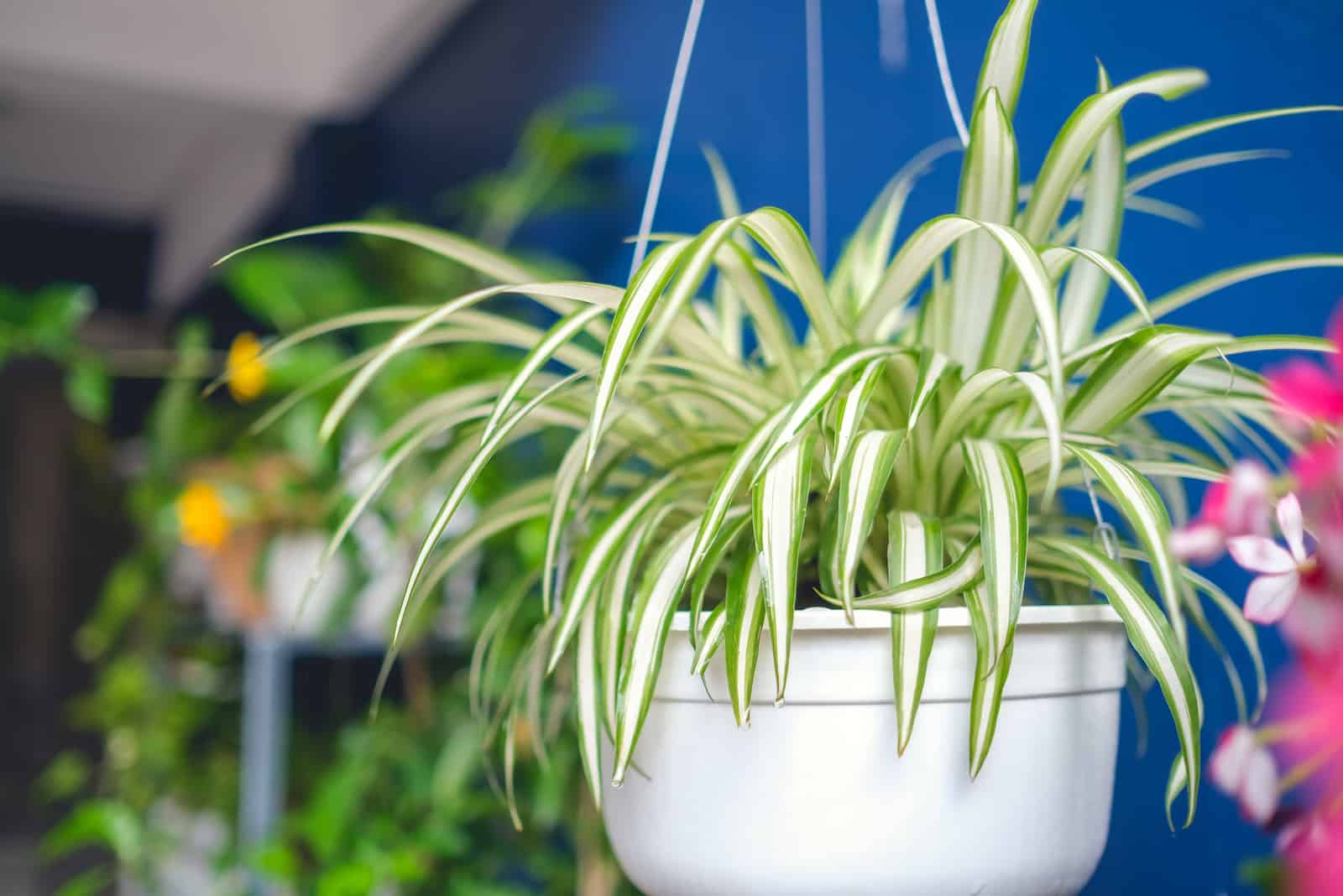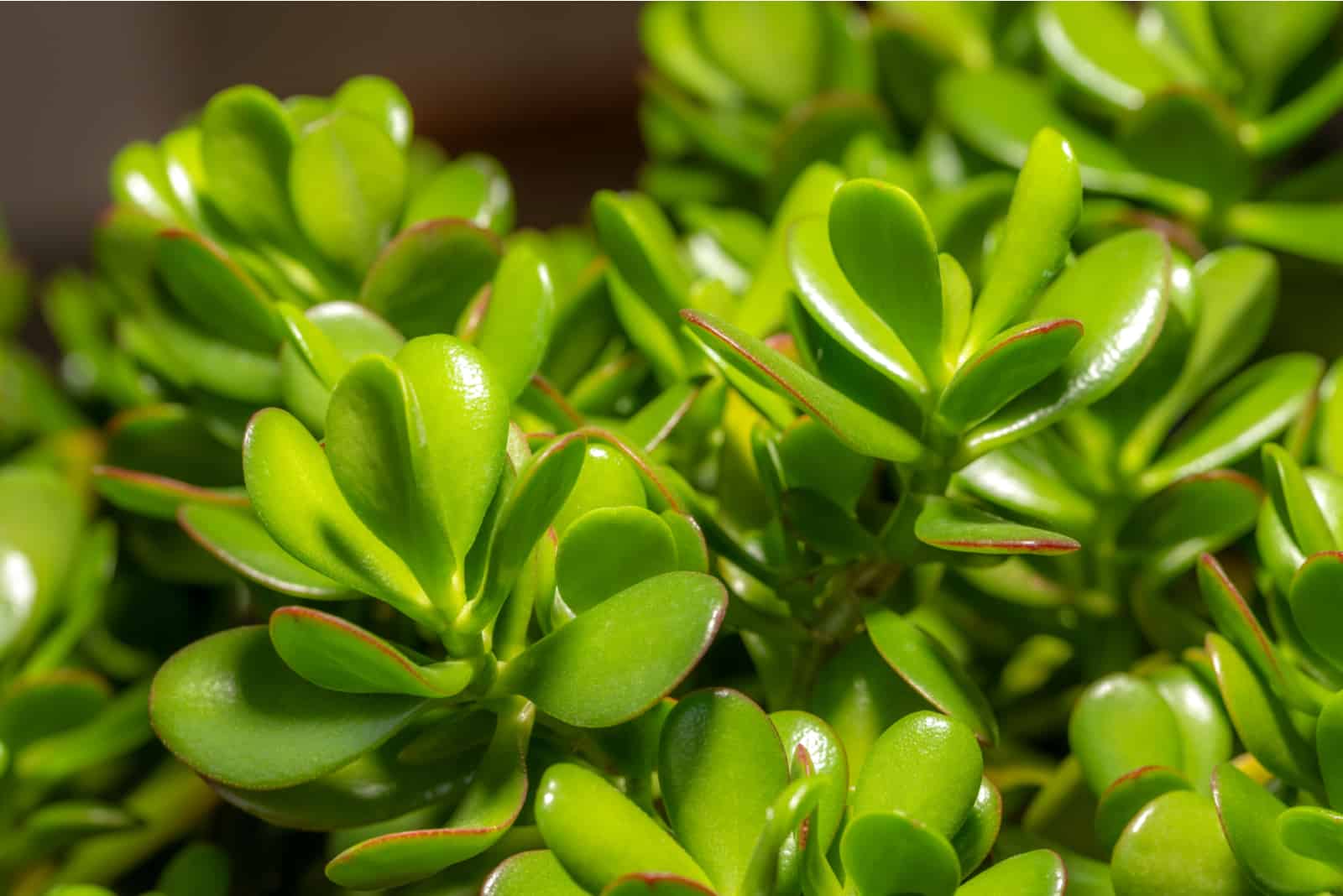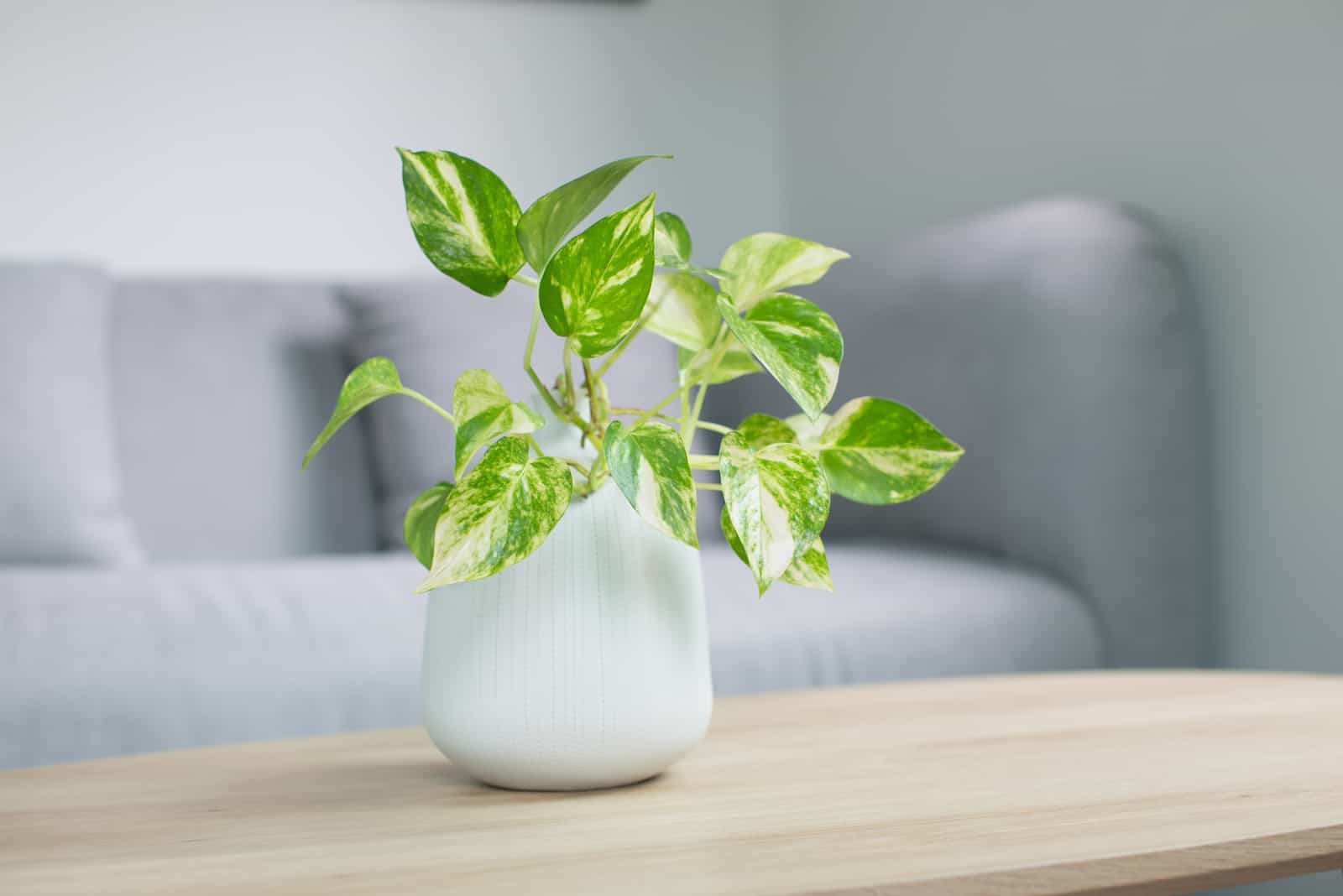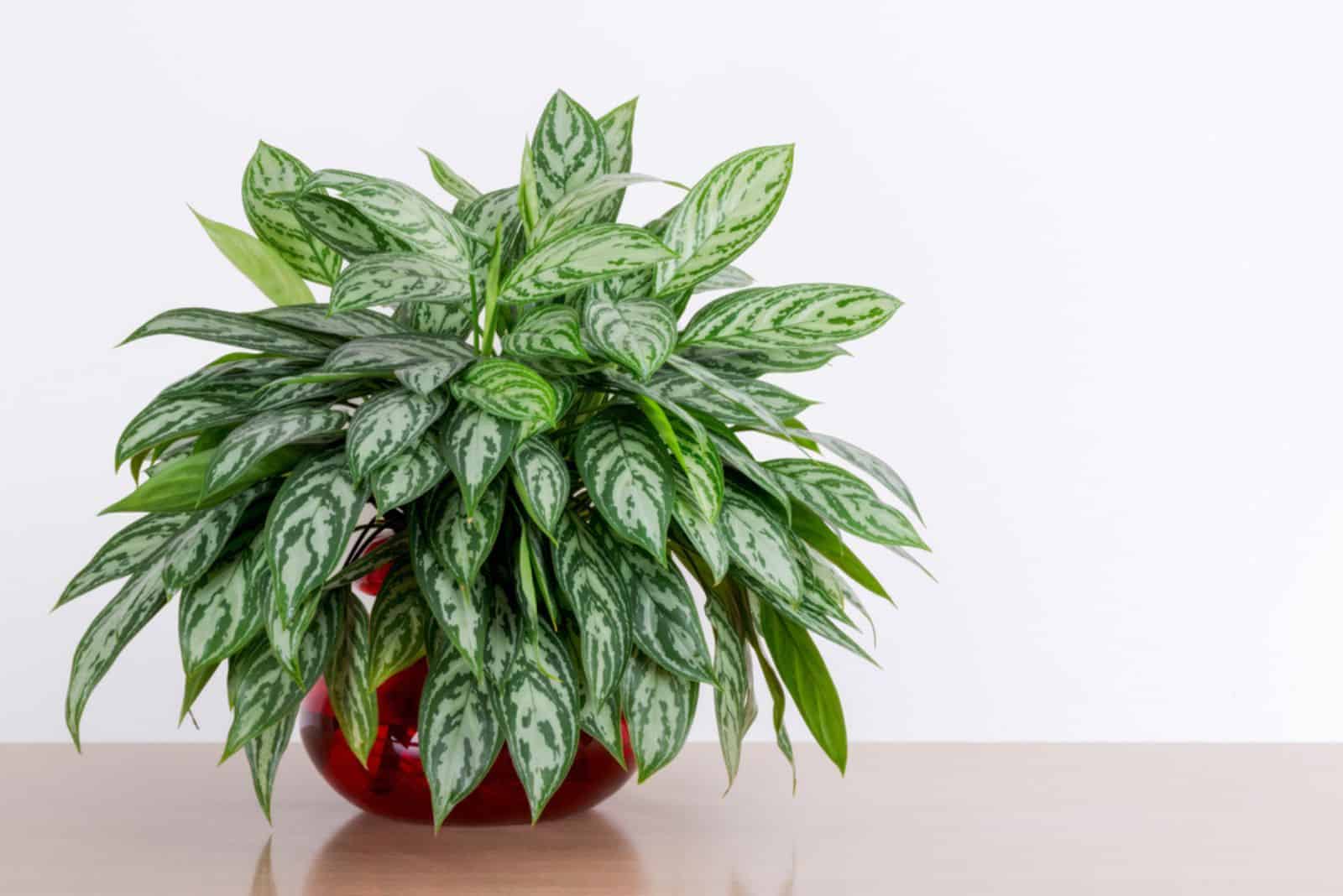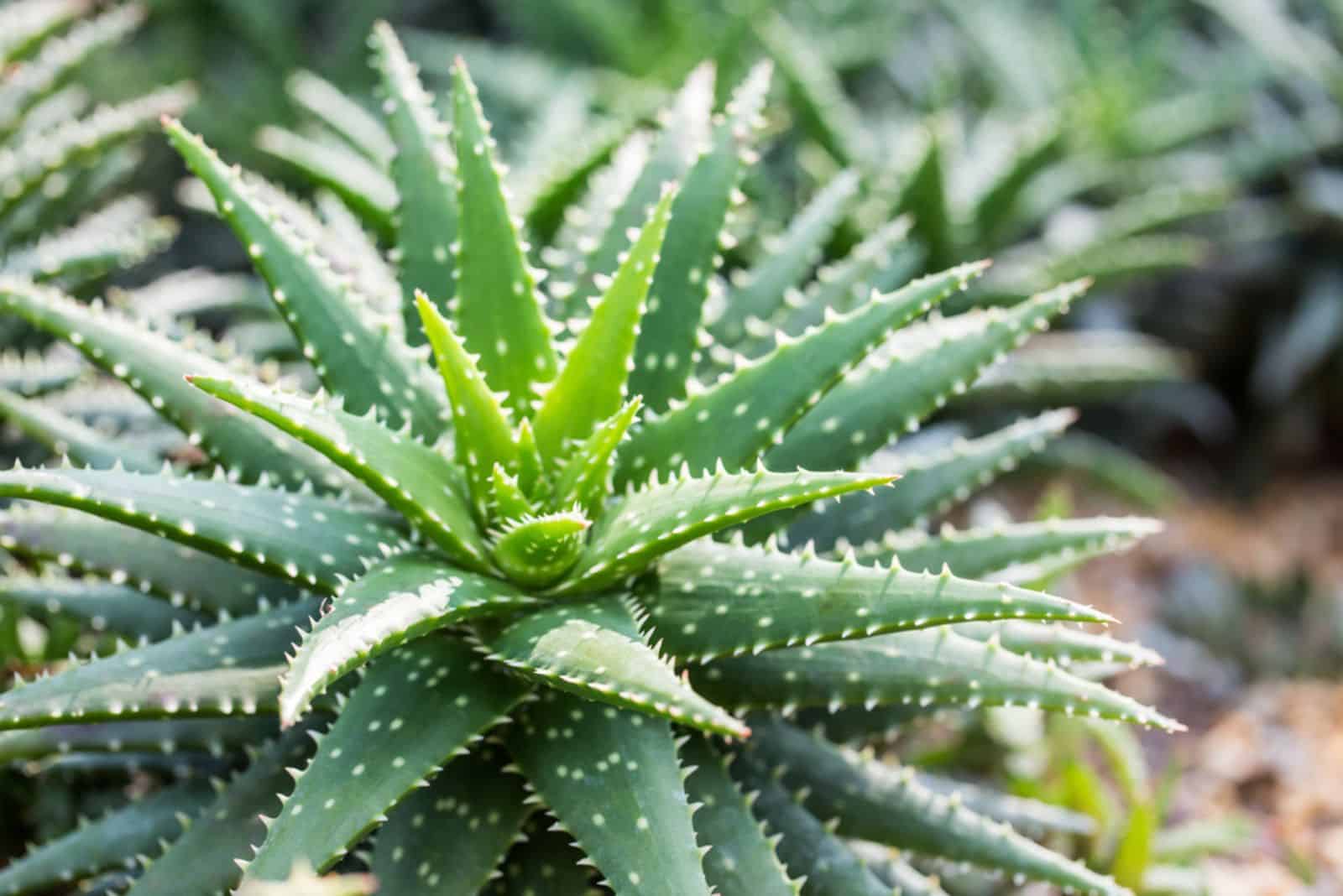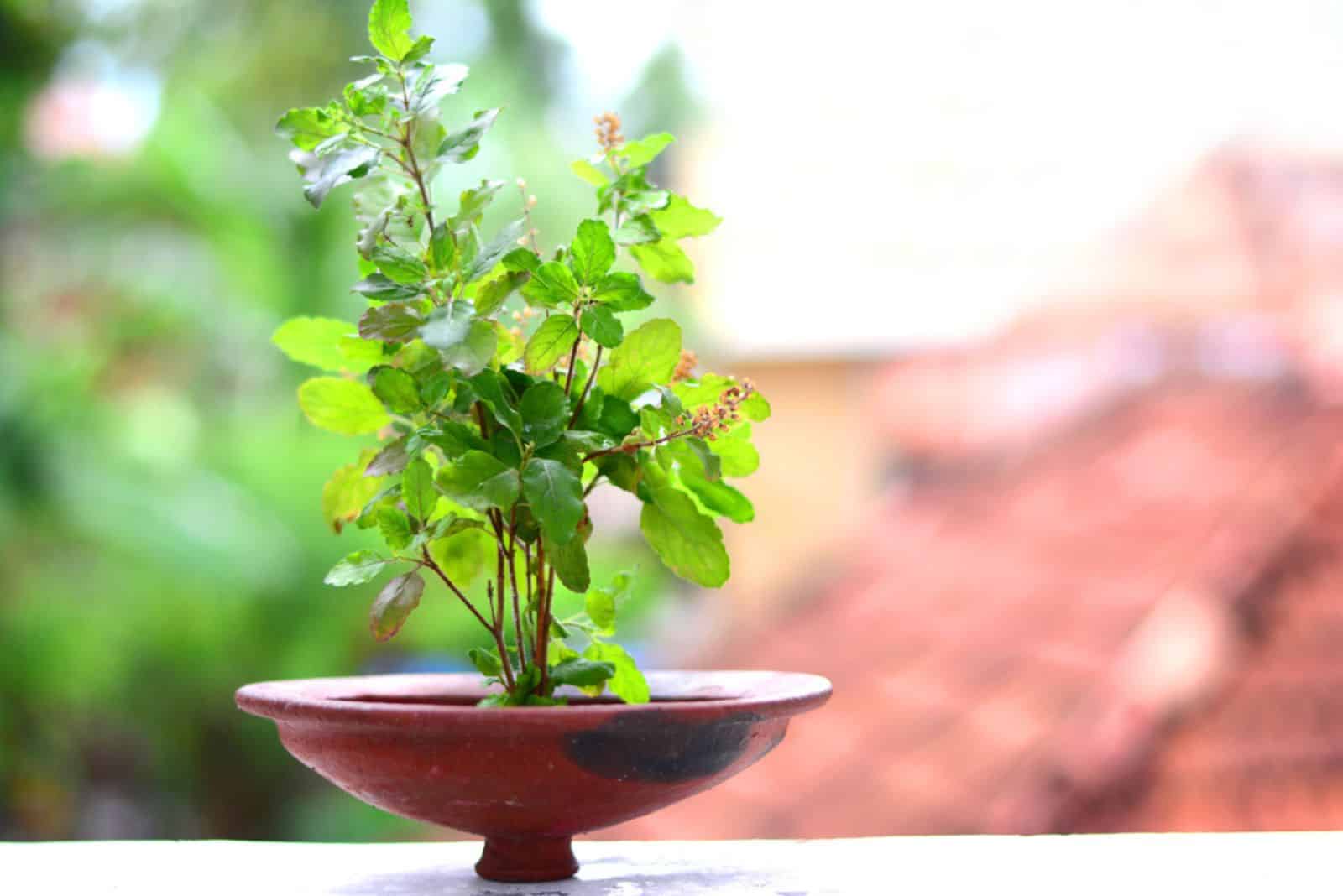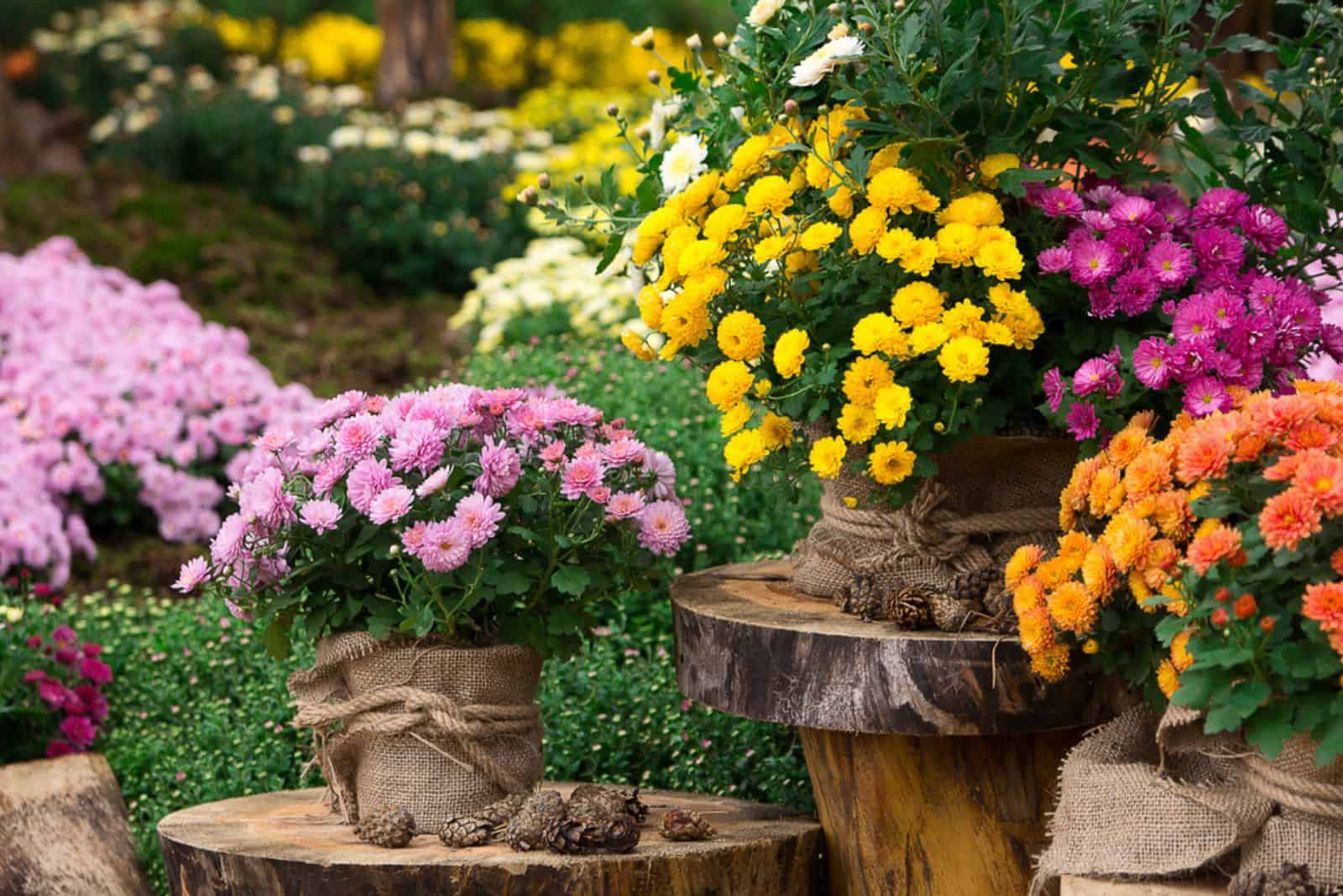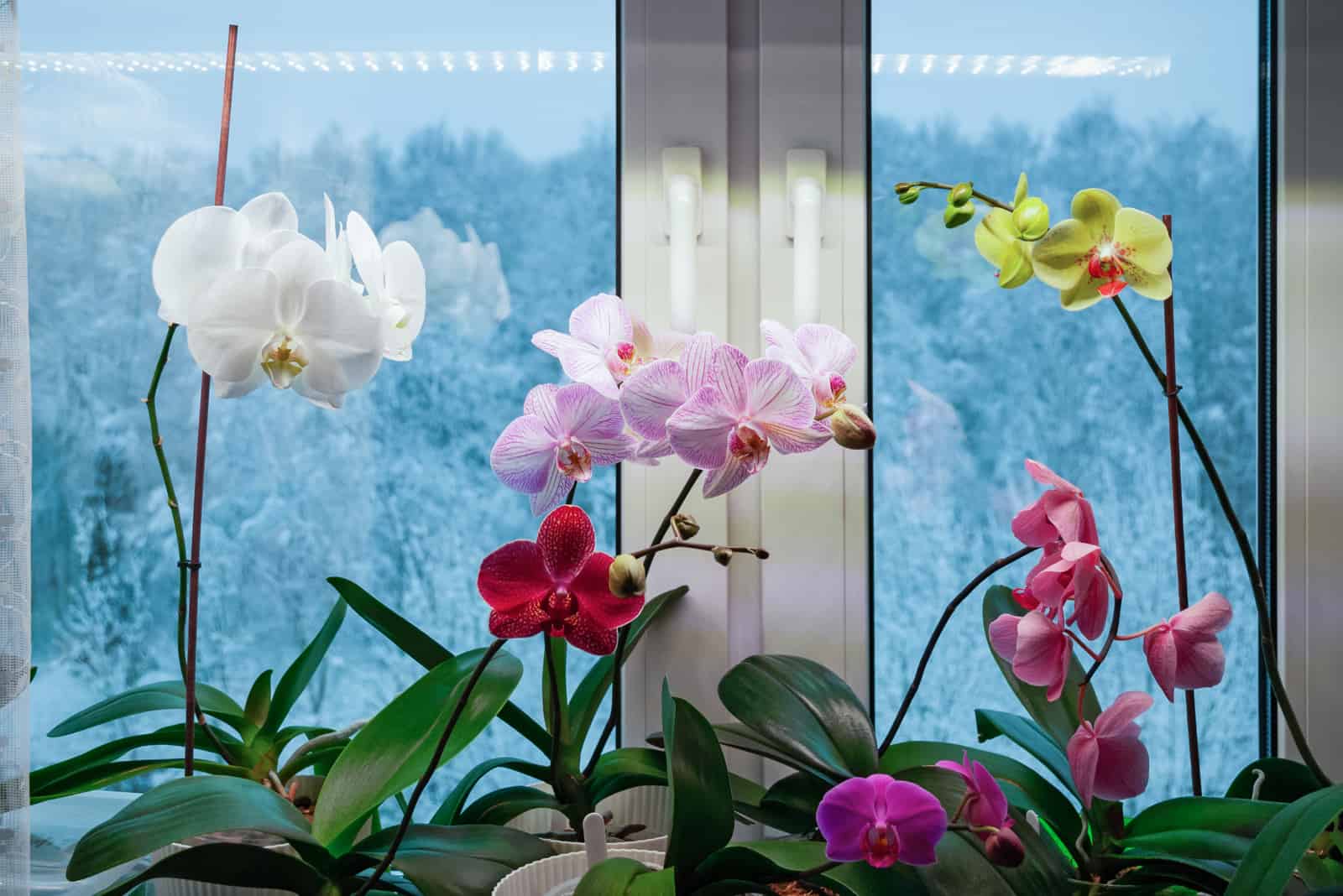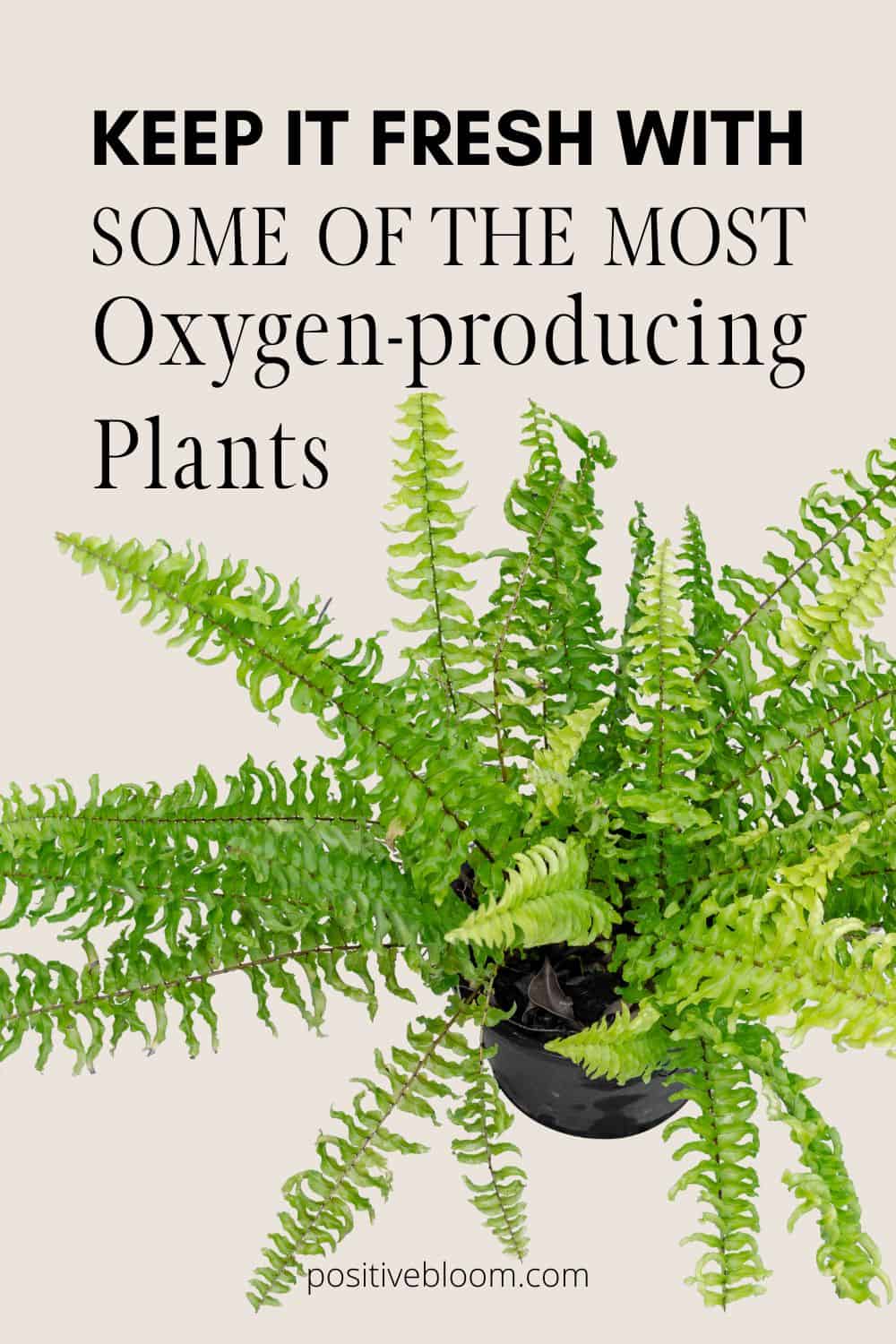If you want to improve your home decor and have better air quality at the same time, you have to check out my list of the most oxygen-producing plants!
Instead of spending lots of money on air purifiers that take up a lot of space, you can buy some cute indoor plants that have the same benefits and look awesome too!
Not only do these plants produce oxygen, but they are also able to absorb toxic pollutants from the air to relieve breathing problems like asthma, bronchitis, sinus infections, and others.
Many of the plants on this list are low-maintenance and relatively easy to take care of, so you don’t have to worry about that either!
Now, let’s look at which houseplants can improve your indoor air quality.
The Most Oxygen-producing Plants
You would be surprised by how many plants are able to convert carbon dioxide to oxygen really efficiently, and some of them are regular houseplants that can be seen in many houses around the world!
As well as looking pretty, these plants are busy absorbing air pollutants and producing oxygen — and this has been proven by NASA clean air research!
Now, let’s see which plants NASA has clarified as air-purifying plants so you can try to snatch one for yourself!
1. Snake Plant
We are going to begin our list with one of the best oxygen-producing indoor plants – the Snake plant!
The Snake plant, otherwise known as Mother-in-law’s tongue or Sansevieria trifasciata, is a low-maintenance plant that produces sword-like leaves with a deep green color and yellow margins. This plant is proven to be the best when it comes to oxygen production and absorbing harmful pollutants, according to a NASA study.
Benzene, toluene, xylene, formaldehyde, and trichloroethylene are just a few of the airborne toxic substances that this plant can get rid of. Most of these are found in paints, plastics, cosmetics, dyes, adhesives, and so on.
At night, it also transforms a lot of CO2 (carbon dioxide) to O2 (oxygen), so having a few plants in your living room will make a big difference. The carbon dioxide that we exhale can accumulate in small spaces like offices and classrooms.
Our capacity to learn and retain information can be hampered by high amounts of carbon dioxide in the air, which can also make us feel more exhausted and nauseous. The snake plant, on the other hand, can effectively absorb CO2 from the air, which is highly beneficial for human health.
The group of plants known as CAM are capable of a particular type of photosynthesis, in which carbon dioxide is taken in at night and oxygen is then released (Crassulacean acid metabolism).
The succulent and snake plant are examples of CAM plants.
Snake plants can reduce the amount of dust, spores, dander, and other allergens that are transported in the air and induce allergic reactions. Their ability to filter out airborne contaminants is quite astonishing!
If you want to learn more about the purifying abilities of the Snake plant, then check out this awesome article: Is the Snake Plant an Oxygen Supplier? NASA Research Claims So.
2. Areca Palm
The Areca palm, also known as the Dypsis lutescens, has feathery fronds that are a wonderful addition to home decor. The silvery-green stem, which eventually develops a yellowish color, is the cherry on top.
Similarly to the Snake plant, the Areca palm is also considered to be one of the highest oxygen-producing plants, and it also gets rid of harmful chemicals from the air.
This tree doesn’t actually need much light, and it can tolerate low light without complaining.
Even though it doesn’t need much water, you should still water it at least once per week throughout the growing season and every other week when it goes into dormancy.
Maintain a relative humidity of 40 to 60% (which you can do by misting or using a humidifier), and fertilize the Areca palm three times a year with a typical houseplant or palm tree slow-release fertilizer.
3. Peace Lily
Peace lilies (Spathiphyllum spp.) have distinctive green-white blossoms and gorgeous green leaves that mix beautifully with marble or white walls. According to NASA, these plants can improve oxygen levels indoors and remove pollutants like benzene and trichloroethylene.
It is also believed that they can attract good luck and prosperity!
Peace lilies are also great plants for absorbing moisture in bathrooms — say goodbye to those steamy mirrors with Peace lilies in your shower!
Due to their ability to flourish in both weak and strong indirect sunlight, these lilies make great indoor plants. They prefer continually moist soil, so you should make sure they receive enough water for optimum growth and development.
If you don’t have the time to check on your plants frequently, you can always use a self-watering container to give them the exact amount of water they require.
4. Weeping Fig
The Weeping fig, also known as Ficus Benjamina, is a type of ficus plant that comes with numerous health benefits!
Not only will this plant improve your indoor air and help with any respiratory issues, but it also has a great impact on mental health.
This fig tree is ideal decor due to its shrubby appearance and narrow, oval foliage.
It’s not the greatest plant for beginner gardeners because it can’t withstand low light or the cold like some other ficus trees. That just means you’ll need to choose the right location for it and give it a little bit more attention than you would give your other plants.
The closest east-facing window would be the ideal location for this plant, but you can also keep it a few feet away from western windows. Additionally, this plant needs quick-draining soil, high humidity (50–70%), and water only when the growing medium starts to get dry.
5. Gerbera Daisy
The Gerbera daisy (Gerbera Jamesonii) is a flowering plant that is definitely the most colorful on this list. They are charming French flowers that come in a variety of colors. From the end of spring until the beginning of October, you can see them decorating gardens with their white, salmon, pink, lavender, yellow, orange, and red shades. However, some gardeners go a step further and only grow bicolor types.
However, they are also known for removing toxic pollutants from the air, specifically formaldehyde, benzene, and trichloroethylene, and releasing oxygen during nighttime. So, not only are they going to bring colors into your living room, but they will also make your air top-notch!
They do well in direct sunlight, but they cannot stand the heat of the summer, so you should provide them with some shade in the late afternoon. This bloom needs nothing more than a fertile, well-draining medium and an inch (2.5 cm) of water every week.
6. Spider Plant
If you are a beginner gardener who wants to try and grow oxygen-producing plants, then the Spider plant is definitely the one for you!
The spider plant is well known for removing airborne pollutants like formaldehyde, benzene, and carbon monoxide, and converting carbon dioxide to oxygen as well.
The Hen and Chicks plant, Spider ivy, Chlorophytum comosum, and the Ribbon plant are other names that this plant goes by. It’s an excellent way to bring some greenery to your life because this foliage plant has long, deep green leaves with white lines on the edges. There are also different types of Spider plants that come in various colors — my favorite one is the Purple Spider plant!
Both hanging baskets and regular pots are suitable for growing these cuties, but the hanging basket really brings out the best in the plant’s long, grass-like, arching leaves and quick-growing shoots.
Spider plants normally require strong indirect light, though they can take certain lower light levels as well. Their lengthy leaves can remove extra moisture while also absorbing air pollutants!
7. Jade Plant
The Jade plant is another pretty houseplant that can improve the air quality inside your home. It is known to have a high air purification rate and eliminate substances like toluene and xylene. What’s interesting is that this plant is also a type of Money plant, for which it is believed to bring good fortune and prosperity.
This blessed plant is a succulent that has a long lifespan. It is a native of South Africa and is mainly grown indoors for decoration because it produces lovely pink and white flowers. Because of its modest size, you can put it on a table to make your workspace more vibrant!
The Crassula ovata (another name for the Jade plant) benefits from moderate temperatures and filtered light when it comes to plant care. The same is true for irrigation: water sparingly because excessive watering might cause root rot. Always wait until the soil is completely dry before watering it once more.
8. Pothos
Another common houseplant is the pothos, and for good reason too!
First off, you can decorate with the Epipremnum aureum or Pothos because it can trail or climb. How awesome would it be to have a wall covered with long vines and tiny green leaves?
There are other Pothos types that produce leaves with various shades of variegation, but you must be cautious because species with a lot of variegation, like the Marble Queen, require a lot of sunlight to flourish.
Even though it is variegated, the Golden Pothos may still thrive in low light conditions, though the yellow color won’t be as vibrant.
We also must mention that these are one of the highest oxygen-producing plants!
Seriously, they are like tiny oxygen factories that keep converting carbon dioxide to oxygen constantly. In an experiment where the CO2 concentration was dropped from 454 PPM to 425 PPM, leading to increased oxygen levels, it was possible to demonstrate a 6.5% decrease in carbon dioxide.
In addition to this, Pothos plants are also able to absorb toxic pollutants like carbon monoxide, formaldehyde, and benzene.
Just imagine what it would feel like if you had an entire wall covered with their long vines and small leaves — I bet it would be like you are on top of a mountain breathing in clean air!
9. Chinese Evergreen
The Chinese Evergreen, also known as Aglaonema, is a plant that can adapt to various growing conditions, which is why it is often referred to as “the plant of steel”.
There are different types of Aglaonema species, but the most common ones have red, pink, and silver foliage.
This plant can grow in low light and dry air, and can tolerate some drought in case you tend to forget to water your plants.
In a situation where the humidity is very low, water this plant at least once a week. It can survive dry air, but it prefers a humid climate to flourish. Your Aglaonema will grow even without fertilization, but you can speed up its growth and development by using half as much fertilizer as usual.
The plant will need to be repotted after a few years or if the roots begin to protrude through the drainage holes.
Of course, it is also known to remove air pollutants; otherwise, the plant wouldn’t be here on the list!
10. Aloe Vera Plant
Aloe Vera is a succulent that has long, lush green leaves which look extremely charming on a table.
When young, the spiky green leaves are pure green or occasionally gray-green and spotted with white spots.
But as the plant ages, these white flecks vanish, and Aloe vera develops its distinctive appearance. Although most kinds lack a stem, some varieties do have short stems with white specks on them.
Aloe veras are evergreen plants, so they will embellish your living room year-round.
A fantastic way to treat bruises and wounds is to squeeze the gel from the aloe vera leaves. However, the health benefits don’t stop there!
Very few plant lovers know that Aloe vera plants are great natural air purifiers — they remove chemicals such as aldehydes and benzene, and at the same time convert CO2 to O2 during the night.
11. Tulsi Plant
The Tulsi plant, otherwise known as basil, is a great addition to any garden or home. I’m sure we all have some in our pantries for cooking and creating cocktails.
As you may already know, there are a lot of reasons we should add basil to our regular diet. Basil has a wide range of health advantages, but in brief, it is known to lower stress and for its antioxidant and antibacterial properties, which is why it is used in many types of toothpaste to eliminate plaque buildup, as well as to regulate the excretion of the hormone cortisol.
Yet another Tulsi benefit is oxygen production — these plants are able to produce oxygen for 20 hours a day and also absorb toxic substances like carbon monoxide and sulfur dioxide.
No wonder they call this plant the “Queen of Herbs”!
They are also relatively easy to take care of — just make sure that they receive plenty of light and water. This is the best way to save your Tulsi plant from dying.
12. Rubber Plant
The Rubber plant (Ficus Elastica) features dark green, succulent-like foliage, but the burgundy and variegated rubber tree variants are also gaining popularity. Splashes of creamy, pink, yellow, or white color really pop!
You simply need to protect this ficus from the intense afternoon sun for it to thrive in either bright or low light conditions. Water them once the soil dries out and keep the humidity levels around 40% to 50%.
Depending on the fertilizer, plant it in a high-quality soil mixture with good drainage and aeration, and fertilize it once per month with a general-purpose liquid fertilizer, or every three to six months with slow-release plant food.
13. Chrysanthemum
Mums, also known as chrysanthemums, are magnificent flowering plants. However, this plant is more than simply pretty; it also has the ability to repel pests like geckos, fleas, ants, ticks, and more, and also to produce oxygen and eliminate benzene — NASA research indicates that these plants were able to remove around 76 micrograms of benzene.
When it comes to plant care — make sure it gets at least six hours of direct sunlight each day, a loamy, well-draining substrate, and about an inch of water every week.
14. Orchids
There is a reason orchids are famous other than their unique appearances and colors! They are also known for their oxygen-producing abilities.
Like other plants, they get busy overnight and convert carbon dioxide into oxygen.
As you may already know, orchids are very delicate plants that need proper care. But it’s totally worth it — seriously, my Black orchid looks absolutely stunning in the bedroom!
15. Boston Fern
Nephrolepis Exaltata, commonly known as the Boston fern, is the last oxygen-producing plant on our list.
This fern’s drooping fronds are intriguingly cut, and they look amazing in hanging pots or other places where they can freely fall.
Their green color brings peaceful vibes and relieves you of any feelings of anxiety and stress. In addition, they also help you deal with any breathing problems because they can absorb toxic pollutants from the air.
You can combine this fern with Philodendrons to get the best of both of these plant species (Philodendrons can also produce oxygen).
To Sum Up
Now you know some of the most oxygen-producing plants!
Who would have thought that Aloe vera plants could also produce oxygen? I have been growing it for years and just found out about this special feature!
So, fill your living space with living plants instead of buying air purifiers — you will be much happier and healthier. Now, I’m going to run and buy myself another Aloe vera!
I hope this article was helpful.
Until next time!
Like this post? Share or pin it for later!

